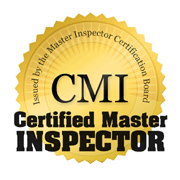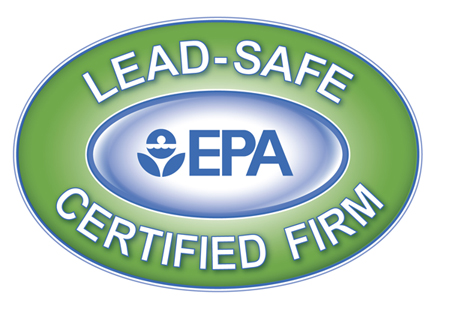Massachusetts Home Inspections YOUR INVESTMENT IS MY CONCERN

Lead Paint and Lead Pipes
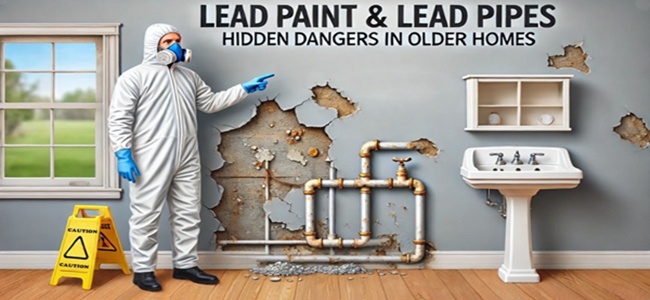
New LEAD LAWS enacted on April 2nd, 2010
LEAD - WHAT IS IT
Lead has been mined, smelted, and used in various applications for thousands of years. It is a neurotoxic metallic element that was historically found in paints, gasoline, and plumbing materials. Due to its versatility and ease of use, extensive mining and smelting activities have released millions of tons of lead into the environment. Lead poisoning occurs when excessive amounts of lead build up in the body, posing serious health risks.
Lead poisoning typically develops gradually, as lead accumulates in bones and tissues over time through repeated exposure. Young children are particularly vulnerable, absorbing approximately 50% of ingested lead, compared to only 10% in adults. Pregnant women should exercise extreme caution, as lead exposure can pose significant risks during pregnancy. Once lead enters the bloodstream, it can cross the placental barrier, potentially poisoning the fetus before birth and causing developmental complications.
Lead is especially dangerous for children under the age of six, as their bodies absorb it more easily, storing it in their bones and internal organs. Lead primarily enters the body through inhalation or ingestion, posing severe health risks. Overexposure to lead can result in irreversible brain and nervous system damage. Infants, children, and fetuses affected by lead poisoning may experience permanent learning disabilities, behavioral issues, hearing impairments, developmental delays, reduced hand-eye coordination, and other serious health problems. Even children who appear healthy can have elevated lead levels. If you suspect your child or any family member may be at risk, contact your physician or local health department immediately for testing.
WHERE CAN LEAD BE FOUND
HOUSE PAINTS - Most homes built before World War II were painted with lead-based paints on both interior and exterior surfaces. Although the use of lead paint was banned by the EPA in 1978, it can still be found in many older homes. Lead paint becomes particularly hazardous when it deteriorates, chipping or peeling, or when it is disturbed by sanding, scraping, or abrasion, which can generate toxic lead dust. Proper precautions are essential to minimize exposure and ensure safety during any renovation or repair work.
Lead was commonly used in paints due to its durability and resistance to environmental breakdown. However, its toxic effects led to a gradual reduction in its use. The amount of lead in paint was first reduced in 1950 and significantly restricted in 1978. Homes built before 1950 are highly likely to contain lead-based paint, while those constructed after 1950 may have lower lead levels. Today, most house paints contain minimal or no lead and are considered environmentally safe.
Lead paint that needs immediate attention

Lead dust can be released from chipping and peeling paint, home renovation projects that disturb lead-based paint, or through friction on painted surfaces like window sashes, floors, thresholds, and stairs. Young children, who frequently engage in hand-to-mouth activities, are particularly at risk of accidentally ingesting lead dust. Over time, lead-painted surfaces can deteriorate, creating fine dust particles that are often invisible to the naked eye. This toxic dust can cling to toys, fingers, and other objects that children commonly put in their mouths, making it the most common pathway for lead to enter a child's bloodstream.
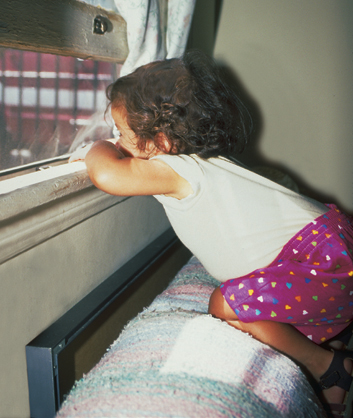
Children can also ingest dangerous levels of lead by chewing on lead-painted surfaces, such as window sills. In some cases, young children may even eat peeling or chipping paint. Surprisingly, lead paint has a sweet taste, which can cause children and pets to be drawn to it, increasing their risk of lead poisoning. Under Massachusetts law, any rental unit or single-family home where a child under the age of six resides must be deleaded by an EPA Lead-Safe Certified professional to ensure a safe living environment.
TESTING FOR LEAD PAINT
The presence of lead in paint, dust, water, and soil is best determined by trained professionals. Professional testing companies typically use three primary methods to measure lead in paint:
1)X-ray fluorescence (XRF) utilizes portable detectors that X-ray a painted surface to measure the lead content in all layers of paint. This testing method is conducted on-site, causing minimal disruption to the paint, and is highly recommended for its accuracy and non-invasive nature.
2) On-site chemical testing of paint samples involves removing small paint samples, typically about two square inches, from surfaces to be tested. These samples are then chemically analyzed for lead content. This method leaves visible bare spots on the surfaces tested and is not recommended by Massachusetts Home Inspections. The federal government does not recognize this type of lead paint testing as more than a screening tool and does not permit chemical spot tests in federal housing inspections. I highly recommend professional X-ray testing (See #1) as the most reliable method for detecting lead in paint.
3) Spot checks involve using small swabs to test suspect lead-painted surfaces. A deep cut is made on the surface, and the swab is wiped over the area. If lead paint is present, the swab (and the tested area) will turn a pinkish color. However, swabs do not indicate the amount of lead present, and their effectiveness at detecting low levels of lead has not been fully established. Professional X-ray testing for lead in paint (See #1) is my only recommended method for accurate lead detection.
If you are seeking a professional lead inspection in order to obtain a Certified Certificate stating that a specific home is free of Lead paint, I do not issue lead Certificates. You must contact a LEAD ABATEMENT CONTRACTOR from your area. Before you hire any lead paint contractors or lead paint testing firms, please make absolutely sure that your hired contractor is Lead-Safe Certified by the Environmental Protection Agency.
Simply click the LEAD-SAFE CERTIFIED logo below, to locate an EPA Certified Lead Paint firm near you...
Lead Piping in Massachusetts homes
LEAD CAN ALSO BE FOUND IN DRINKING WATER
DRINKING WATER is another potential source of lead contamination, often stemming from lead in solder, fixtures, and water supply piping within the home. Homes built before the 1930s may have lead pipes, particularly the main water supply pipe that enters the foundation. Additionally, lead solder was used in copper piping in both old and new homes, which can also contribute to lead in drinking water. During the inspection, I will visually examine all accessible water supply piping. Any lead piping discovered, especially at the foundation penetration, will be clearly noted and highlighted in the Plumbing section of your inspection report.
A variety of lead pipes
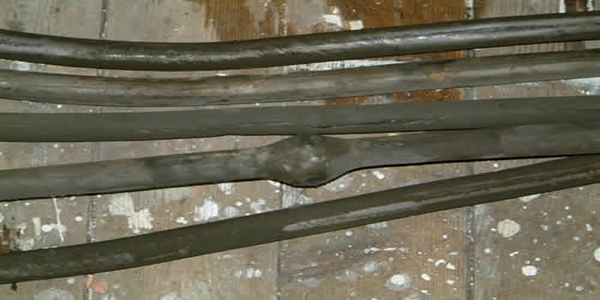
Please do not confuse galvanized water supply piping with lead piping. Lead pipes were commonly used in homes built before the 1930s. They are made of a soft, malleable metal and have a dull, grayish color and are often more flexible than galvanized pipes. They typically have a distinctive ball-shaped connection at the joint where the pipe connects to the water meter.
Galvanized piping was commonly used in homes built from the early 20th century through the 1960s. They are made of steel coated with a layer of zinc to prevent rust and are usually shiny when new but tarnish to a dull gray as they age. They have threaded connections, not ball-shaped ones, and are typically heavier and more rigid than lead pipes.
Here is what my clients have to say about my home inspection services:
Press F5 (on your keyboard) for additional testimonials
Thank you for your very thorough and impressive work. We really appreciated the difference in level of service you provided compared to many other people we have dealt with.
Steven



